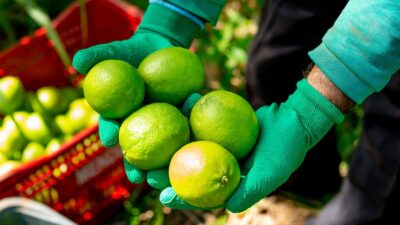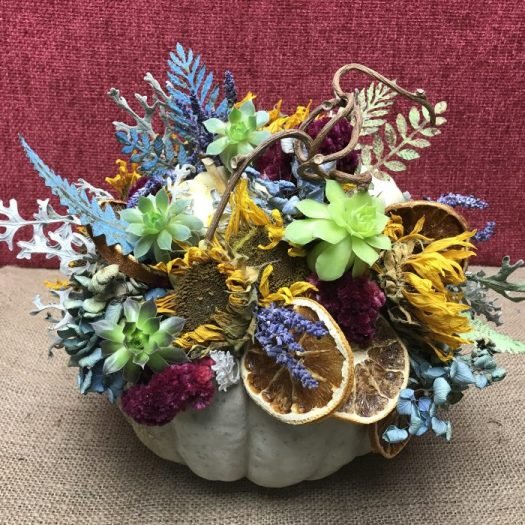There’s just something special about raspberries. They’re sweet and tart at the same time, and they’re healthy, too, packed with antioxidants and fiber. The only problem is that they’re small and expensive, lasting only a few days in the fridge. Thankfully, it’s easy to grow your own.
‘Fall Gold’ raspberry bushes are just like regular raspberries, except the fruits are a beautiful shade of golden yellow. Their sweet flavor is somewhat reminiscent of honey, or perhaps that’s just the placebo effect of their color. Either way, they add unexpected color and flavor to the garden.
This everbearing cultivar fruits twice per year, leading to multiple harvests. With a little bit of strategic pruning, these perennial shrubs will provide delicious fruit for years, spreading into berry patches with suckers.
These perennials thrive in much of the United States. If you’ve seen wild raspberries on nearby hikes, chances are this cultivar will flourish in your backyard. Here’s everything you need to know about how to plant, grow, and care for ‘Fall Gold’ raspberry bushes.
‘Fall Gold’ Raspberry Bush Overview
|
|
|
What Is It?
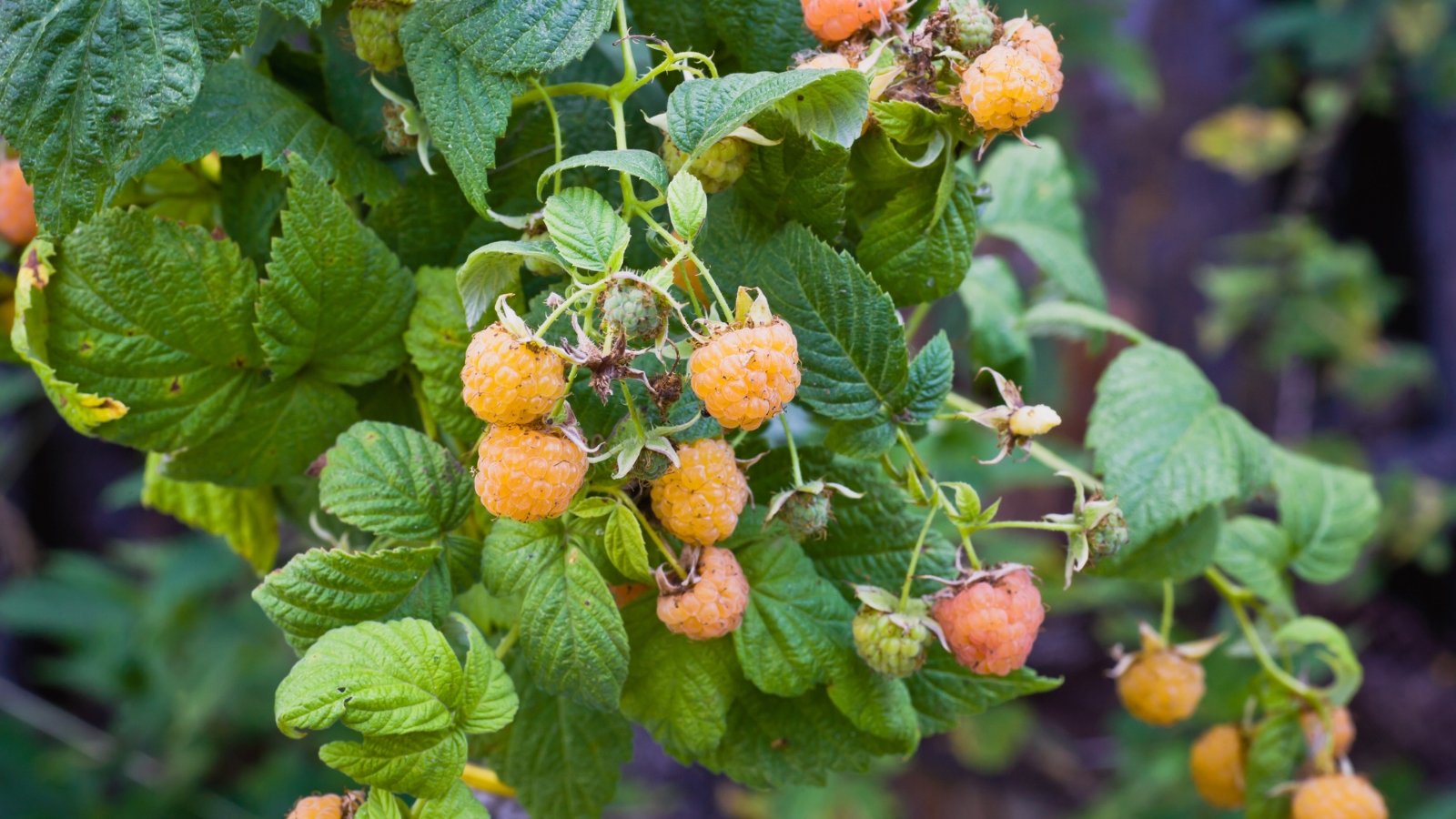
‘Fall Gold’ raspberry bushes standout among other cultivars of the popular fruit-bearing bramble bush for two reasons. One, their “berries” ripen to a dark yellow or gold instead of red. Two, these shrubs are everbearing, which means that each cane will produce two crops, one in fall followed by a second in the upcoming early summer.
While many raspberry varieties only offer fruit once, usually in late summer or early fall, ‘Fall Gold’ gives you the chance to harvest at multiple times during the year. The fall fruits will emerge from the top third of the canes, and then in the following year around June, more fruits will emerge from the bottom two thirds of the canes.
It’s crucial that you do not remove these canes entirely after their fall fruiting. They will produce more fruit in the next growing season on the bottom of the canes.
Characteristics
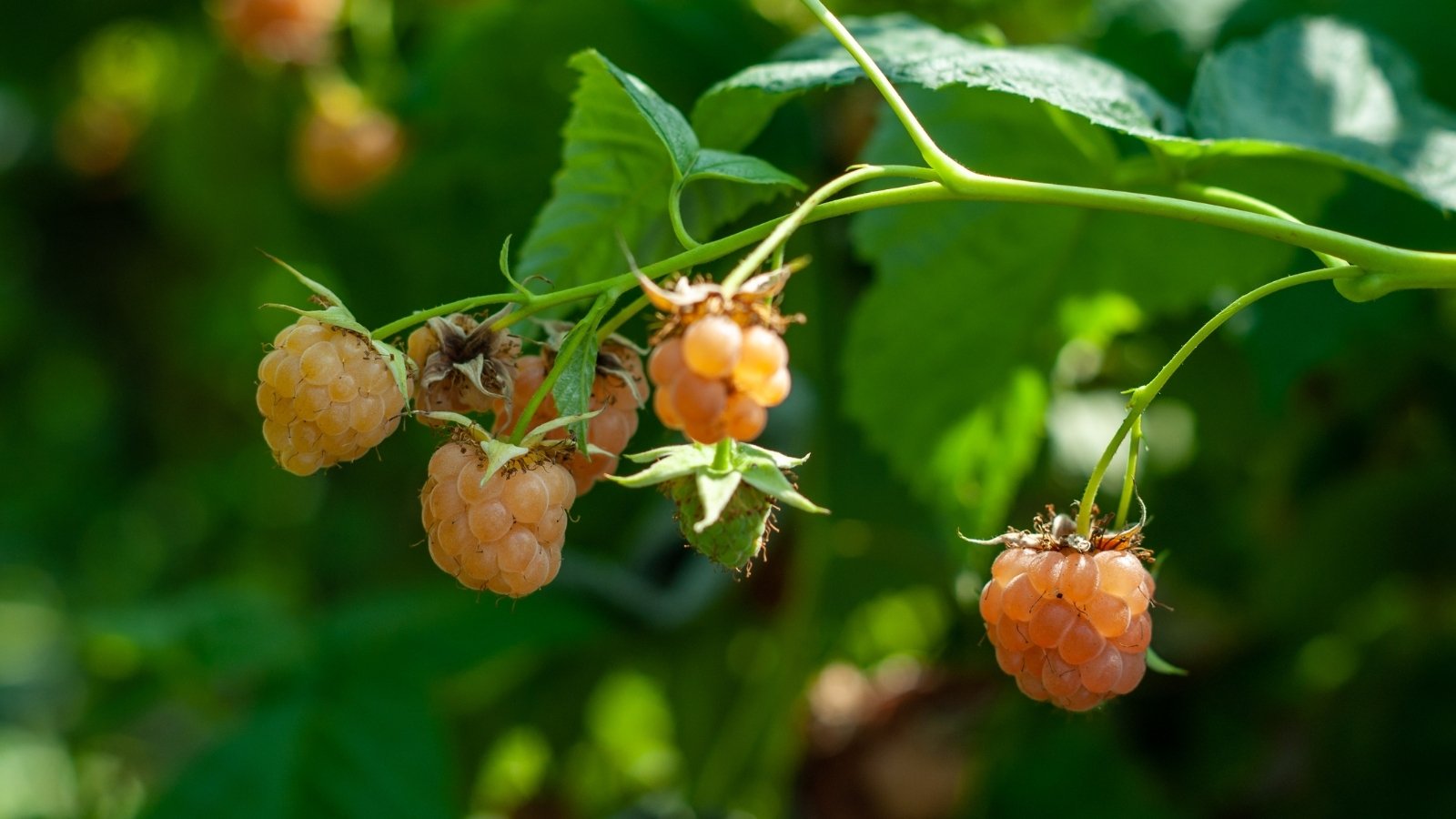
‘Fall Gold’ raspberry bushes are perennial shrubs, though the thorny canes are biennial, surviving for two years before dying off. This cultivar is known for its delicious fruits, which are not actually berries. Botanically speaking, they are aggregate fruits made of many small drupes.
In addition to fruit, this Rubus species has a lot to offer to local wildlife. The flowers attract all sorts of pollinators, including bees and butterflies, while the fruit and habitat benefit both small mammals and birds. These medium-sized shrubs also make a great barrier or privacy fence.
This cultivar is self-fruiting, meaning you do not need a second plant to assist the first in pollination. That said, you will probably want to plant multiple shrubs to maximize your harvests.
Native Area
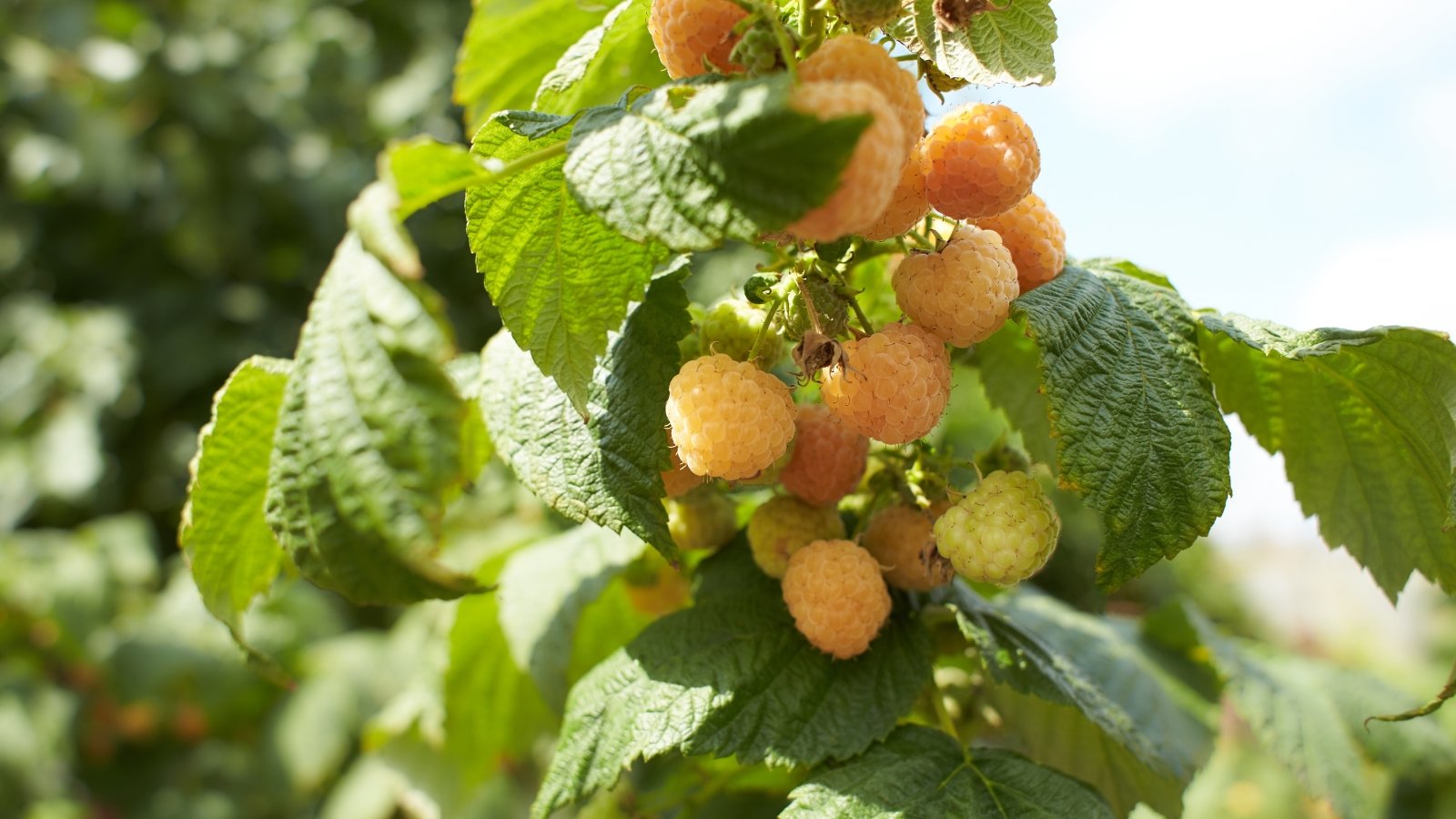
R. idaeus raspberries fall into two categories: those that are native to Eurasia and those that are native to North America. Over time, growers have cultivated and hybridized various subspecies of raspberries to make many types of berries, including ‘Fall Gold,’ making its “native area” blurry at best.
Broadly, raspberries are native to mild, temperate areas with four distinct seasons, moderate rainfall, and average humidity levels. This makes ‘Fall Gold’ among other subspecies and cultivars perennial in USDA hardiness zones 5 through 8. They can survive winters that dip down to temperatures around -20°F (-29°C).
They can survive hot summers, too, but temperatures consistently above 95°F (35°C) will seriously stunt growth. The summer weather in zone 9 and in even hotter regions is usually too much for raspberries.
Planting
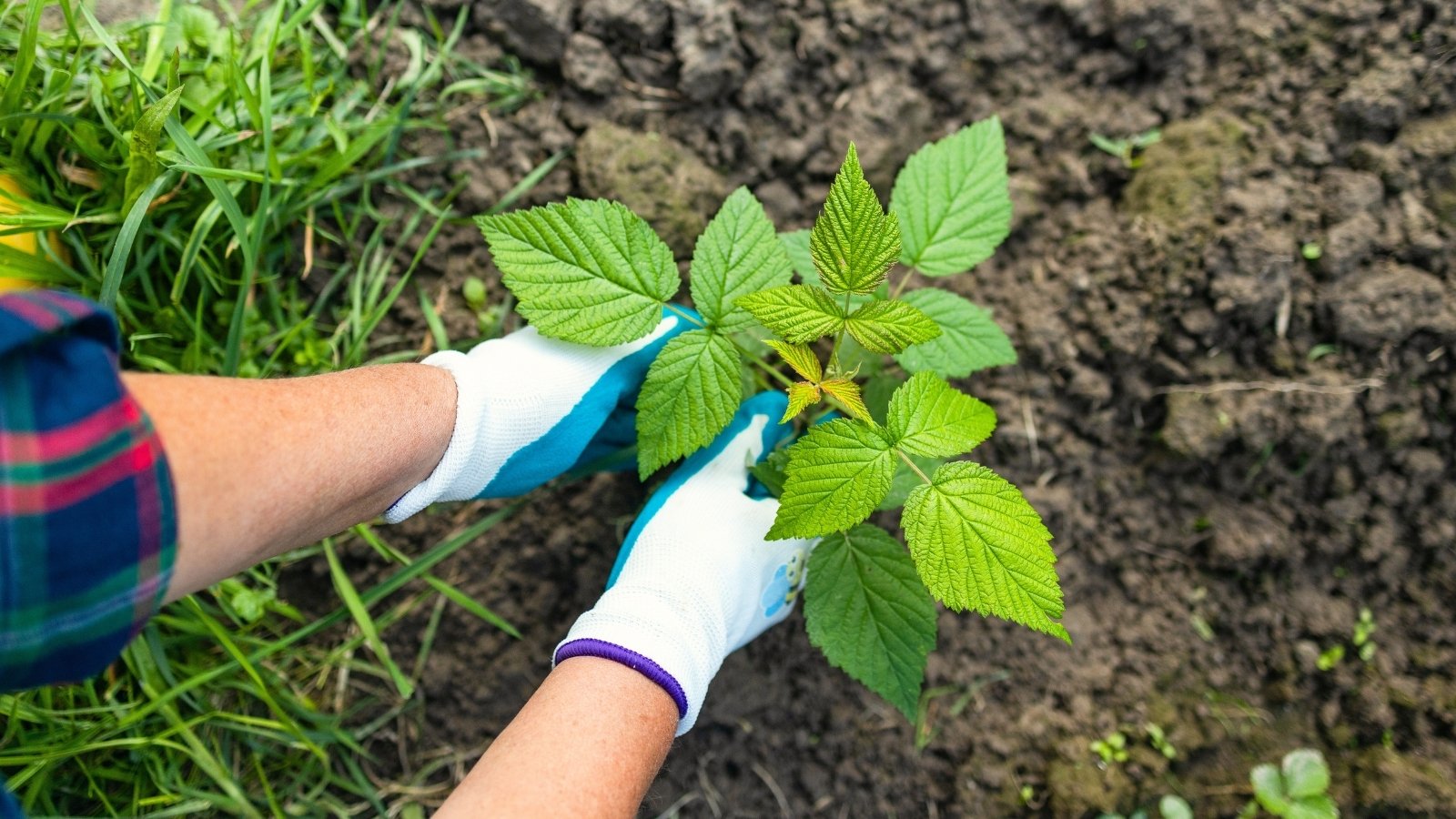
‘Fall Gold’ shrubs will perform best directly in the ground since they get fairly large. If you want a lot of fruit, you’ll need to plant a lot of shrubs. One mature shrub may produce a few pounds of fruit, but the “berries” are very small. If you want a lot of them, you’ll need to plant at least a few individuals.
You can also try growing a few plants in a large container, or you can try starting a young shrub in a container and ultimately transplanting it into the ground. In areas with particularly heavy clay soil, you can also grow these raspberries in raised beds. Just consider that they mature to about 2 feet in width and 5 feet in height when planning.
The best time to transplant is in late winter or in early spring, once the soil is workable and when the plant is just coming out of dormancy and starting to grow. Note that you may not get a June crop the first year, but a successful transplant should fruit in fall.
Transplanting
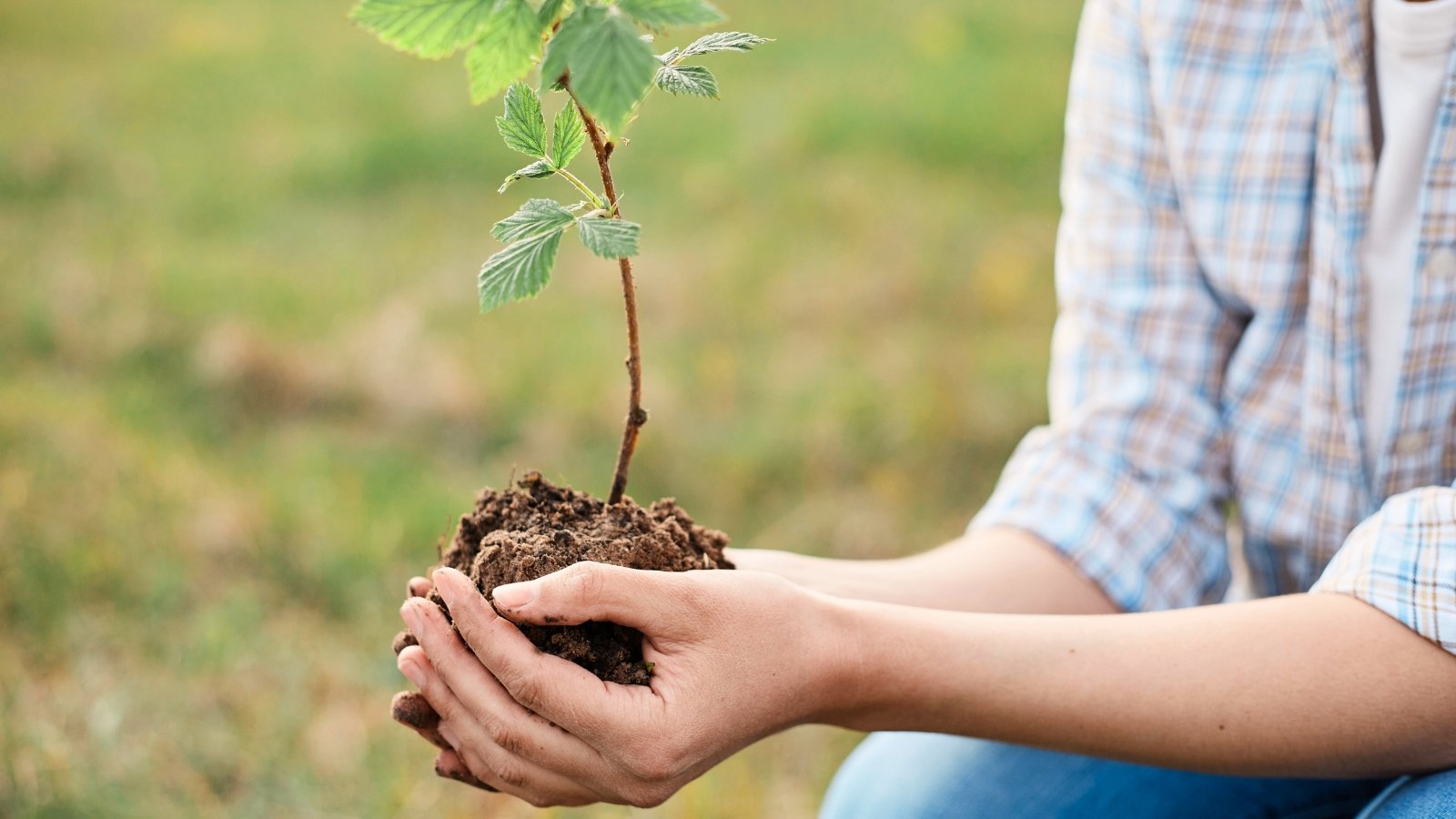
To transplant, start by digging a hole that is slightly larger than the shrub’s rootball. Then, place the shrub vertically into the hole. Backfill around the rootball with soil, and gently press the soil down. Water deeply because the disturbed roots will be more prone to drying out.
If you’re transplanting during a warm or dry time, do not let the soil dry out completely for the next week or so while the plant is establishing.
Growing From Seed
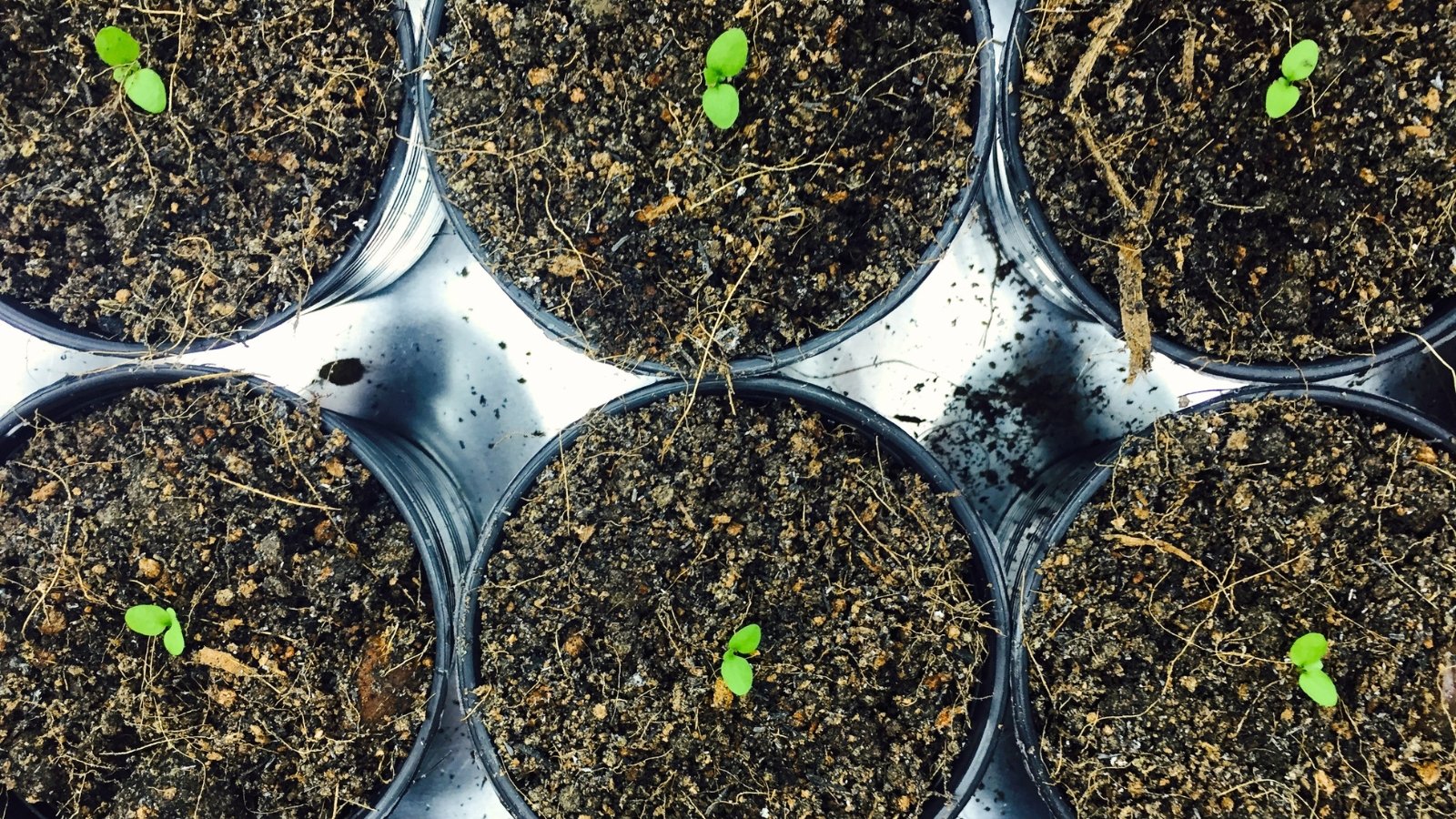
Gardeners usually purchase raspberry bushes at nurseries or online and transplant them into the garden. However, you can start them from seeds, too.
To do so, start by filling a seed starting tray with a well-draining seed starting mix. Sprinkle the seeds on top and just barely cover them with a thin layer of more mix. Moisten the soil without displacing the seeds, and move the tray somewhere where it will get plenty of sunlight.
Keep the soil moist but not soggy by spritzing it with water until you see germination. When the seedlings outgrow their trays, repot them into small pots. Continue to repot the plants as they outgrow their prior vessel, until you’re ready to plant them in the ground.
How to Grow
‘Fall Gold’ raspberry bushes are not particularly difficult to grow, as long as you plant them in the right lighting and in appropriate soil. They’re not too picky about water or fertilizer. If anything, pruning can be somewhat complicated, since these shrubs produce fruit at two different times, making it difficult to prune without diminishing harvests.
Light
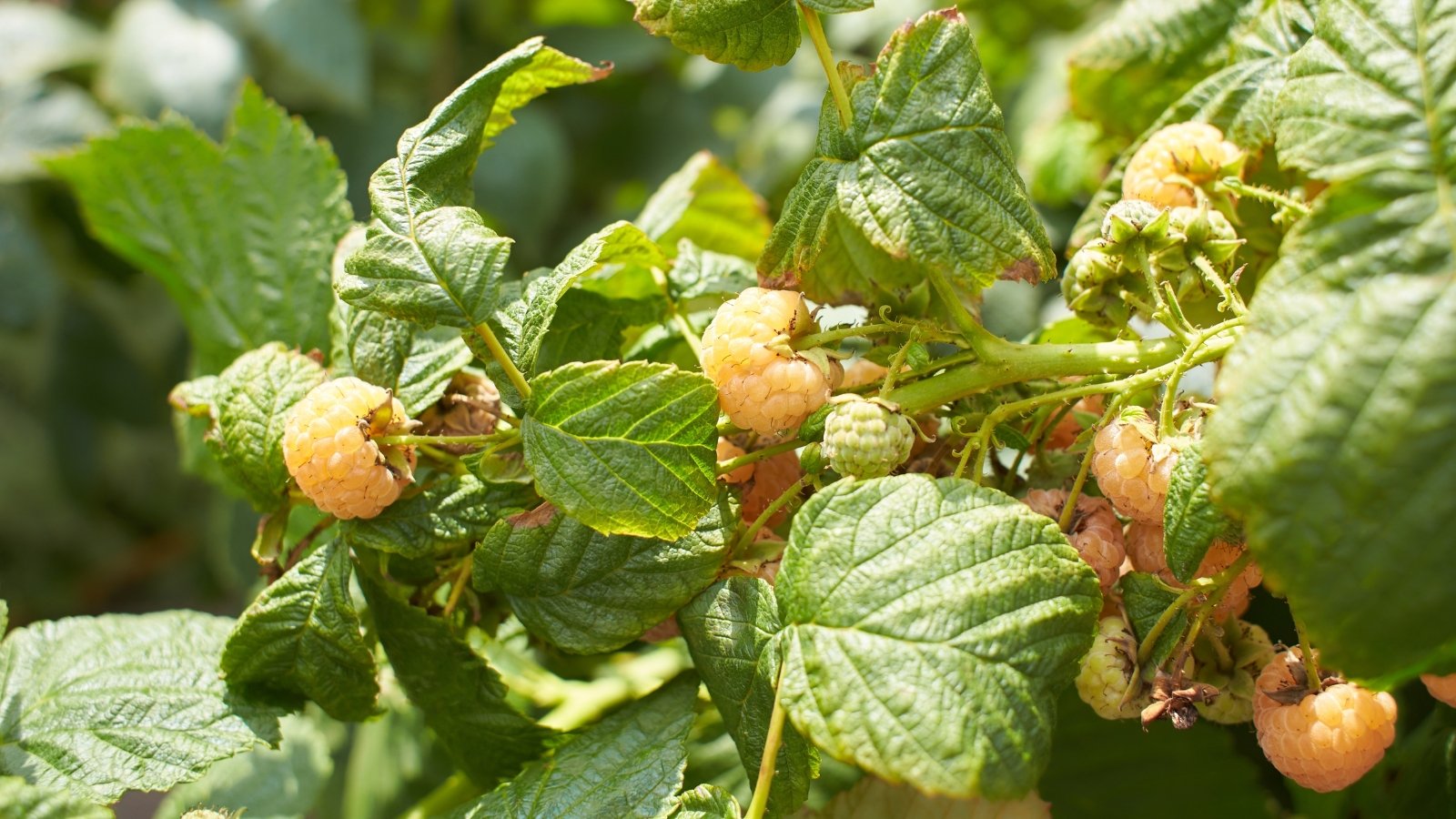
These shrubs are tolerant of full sun but prefer a light bit of shade. If possible, choose a location that gets around six hours of sunlight per day, without receiving unfiltered sunlight from dawn until dusk.
Water
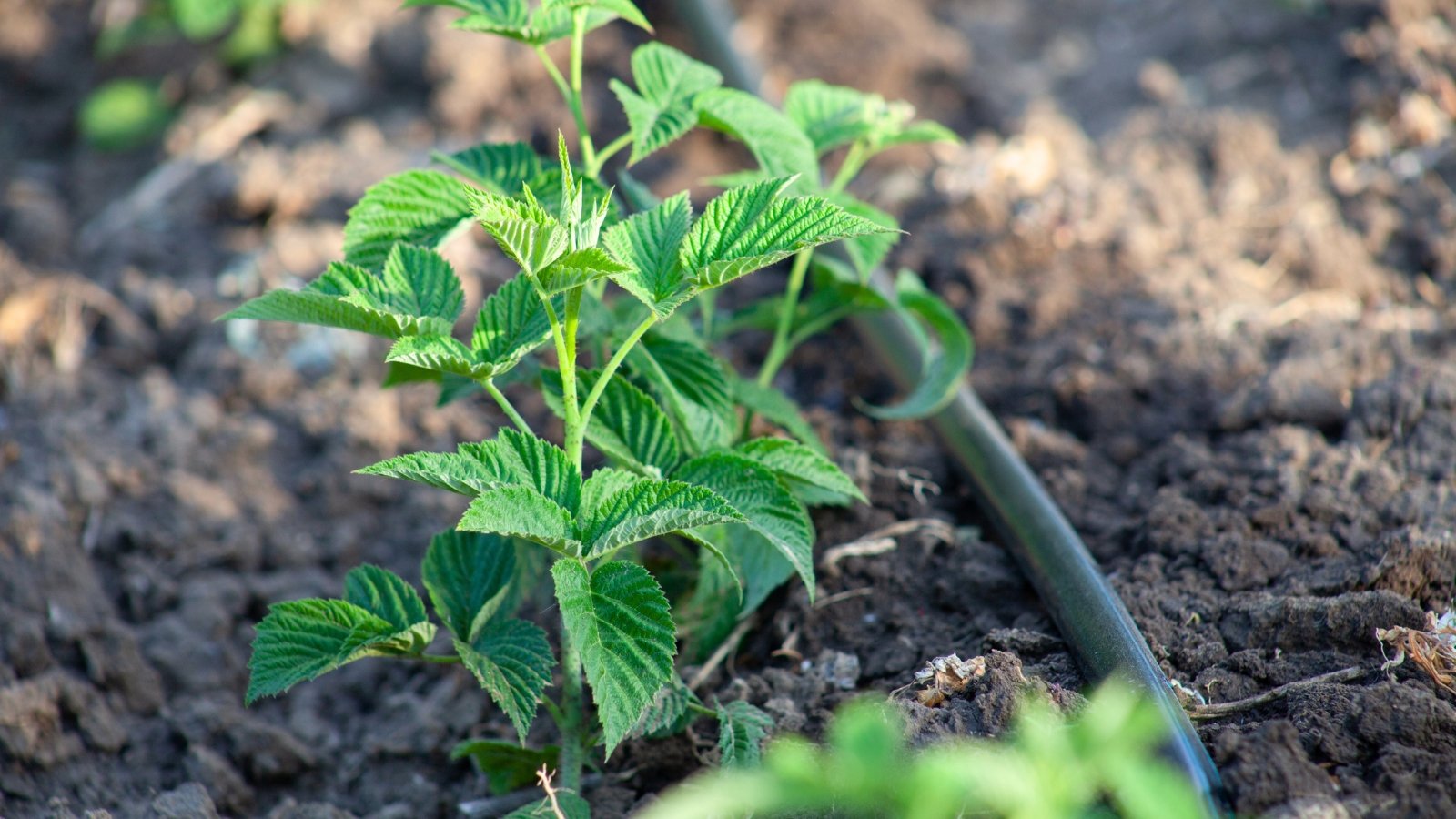
‘Fall Gold’ plants need a medium amount of water. Like many other common garden fruits and veggies, they prefer about one inch of water per week during the growing season. When fruiting—especially during early fall if you’re in a hot climate—they may prefer a bit more.
Without enough water, fruits will be smaller than expected. Protect these bushes during times of drought. On the other hand, too much water can lead to root rot. Adding a rain gauge to your garden is a great way to determine whether or not your plants have already received their weekly one inch of water through precipitation.
Soil
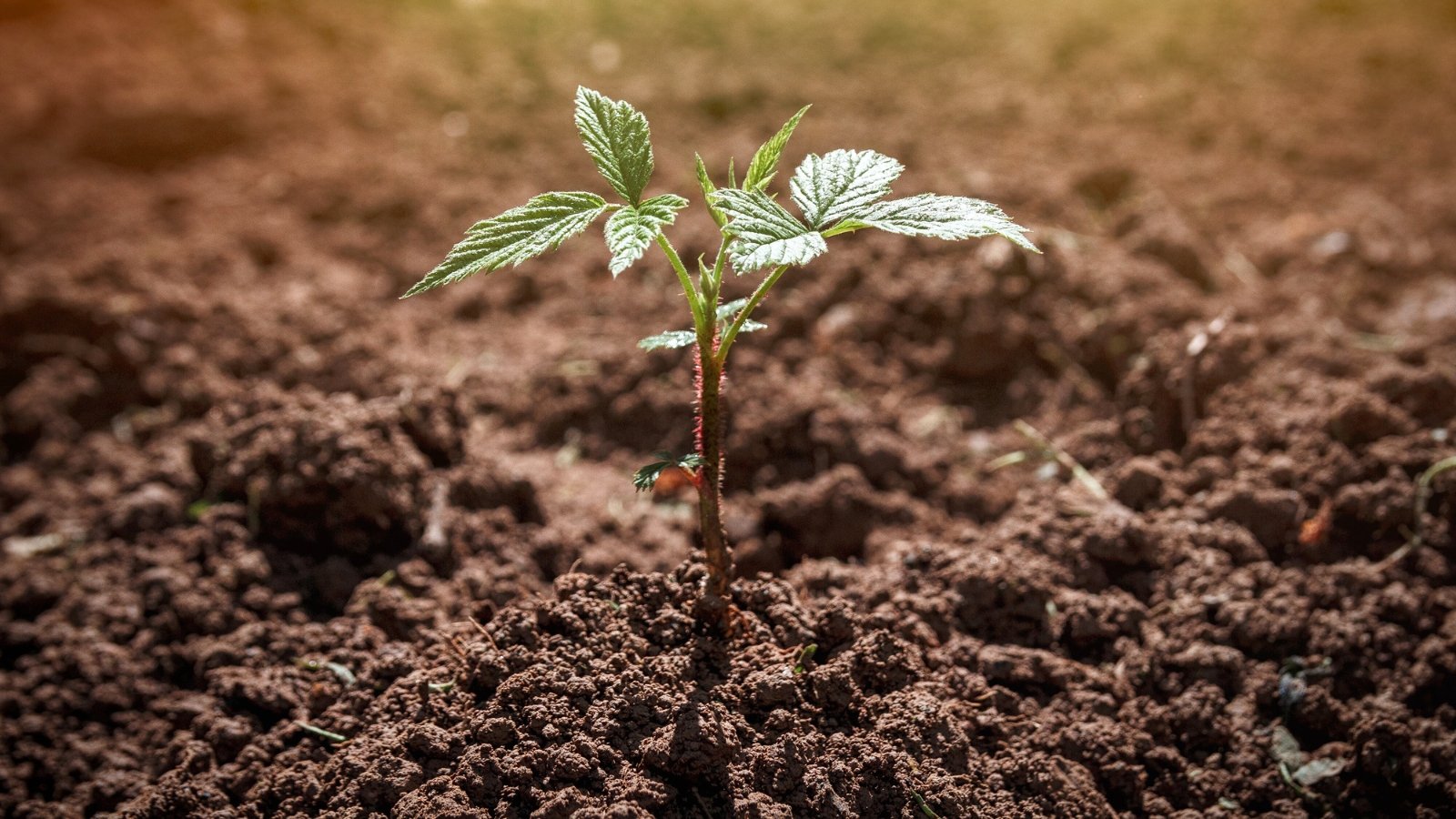
The ideal soil for raspberry bushes is moist but well-draining and slightly acidic, with lots of organic matter. Wet, soggy soil causes root rot. If you have particularly dense, heavy soil, you may want to try growing ‘Fall Gold’ in raised beds instead.
Balanced, loamy soil will work for these plants, especially when amended with compost, which both adds organic matter to the mix and also acidifies soil over time. Check the pH level of your soil to confirm that it isn’t alkaline. These shrubs will not thrive in alkaline soil.
If you’re growing in pots, try a combination of mostly all-purpose mix with a little bit of potting mix for acid-loving plants. The latter mixes are often sold for Rhododendron and other acid-loving species, but they can benefit raspberries, too.
Temperature and Humidity
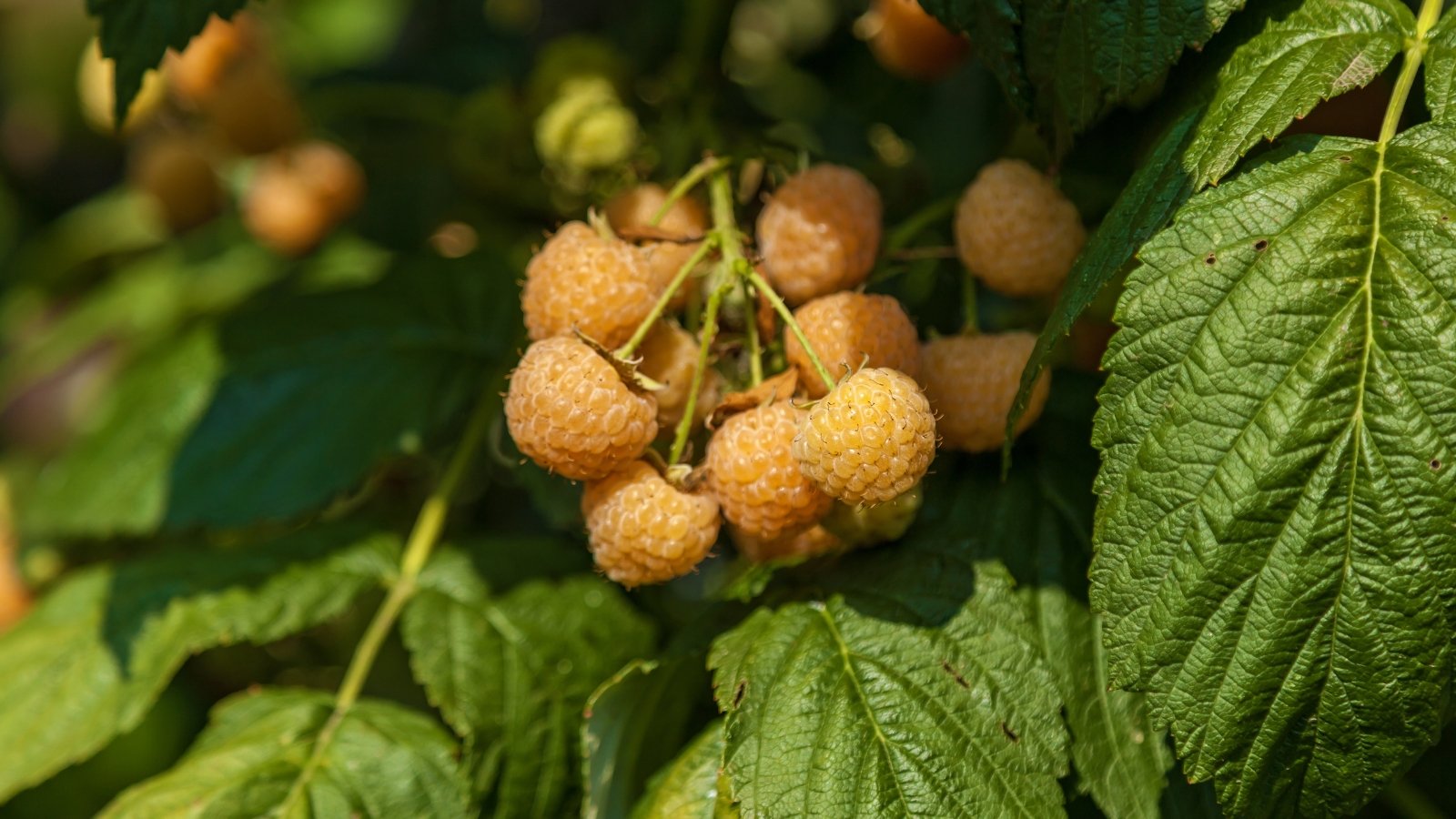
These hardy plants will have little issue surviving within their hardiness zones 5 through 8. Likely, you’ve seen similar wild raspberry plants thriving with little help. ‘Fall Gold’ should be in the same boat, unless you’re on the border of their range.
If you’re in a chillier zone and concerned about your raspberry bushes making it through winter, you can try mulching around the base to help insulate the roots.
Raspberry bushes are not too picky about humidity, but particularly high humidity can cause fungal issues. If you live in a humid zone, leave some extra space between plants and prune excess canes to encourage good air circulation.
Fertilizing
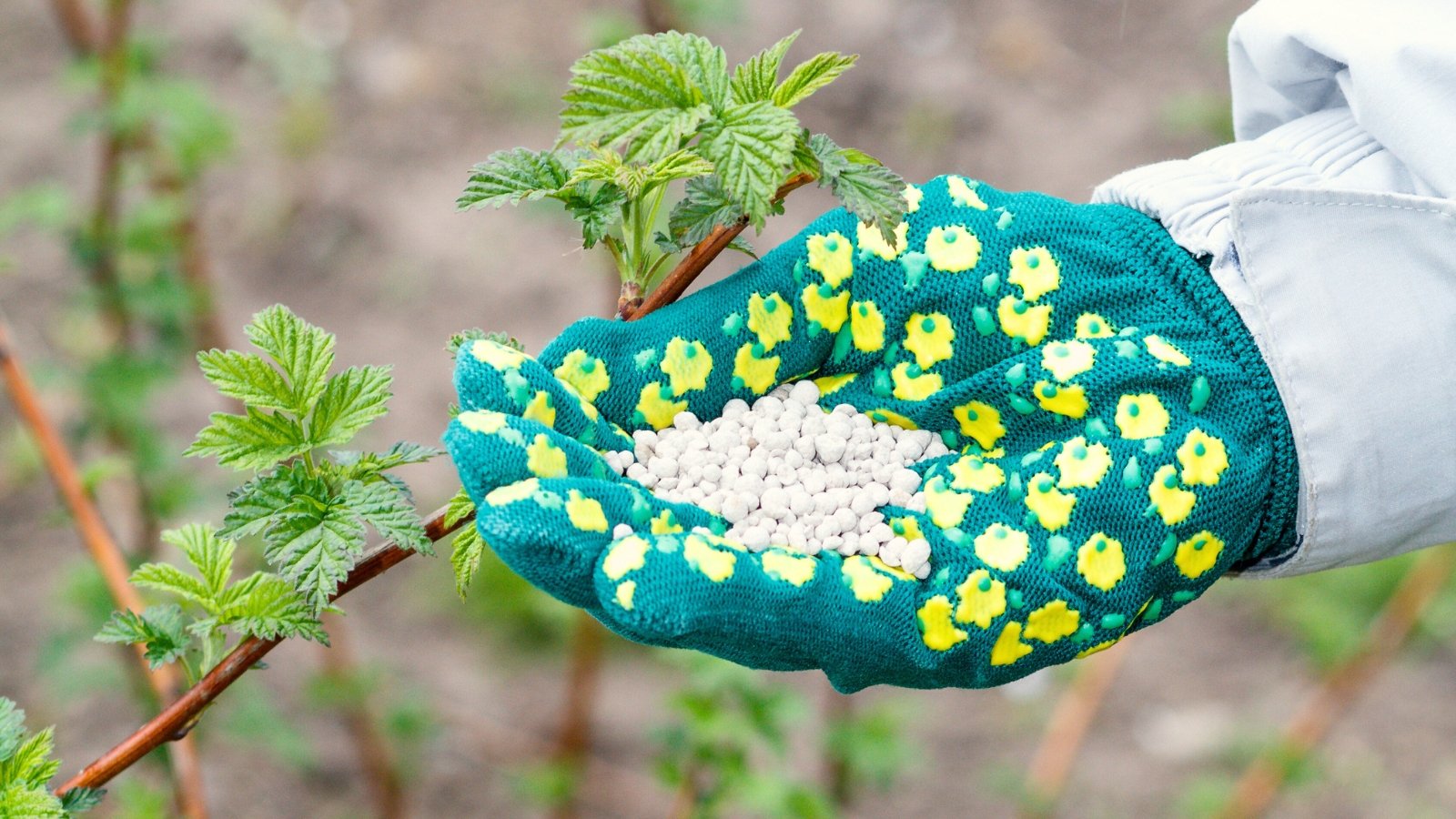
‘Fall Gold’ shrubs will flourish when given enough nutrients. Start with nutrient-dense soil, and top off the plants each year in spring. You can either amend the soil with compost or apply an all-purpose fertilizer.
Without enough nutrients, the plants will survive but will offer subpar harvests. Too many nutrients can cause stunted growth and defoliation.
Maintenance
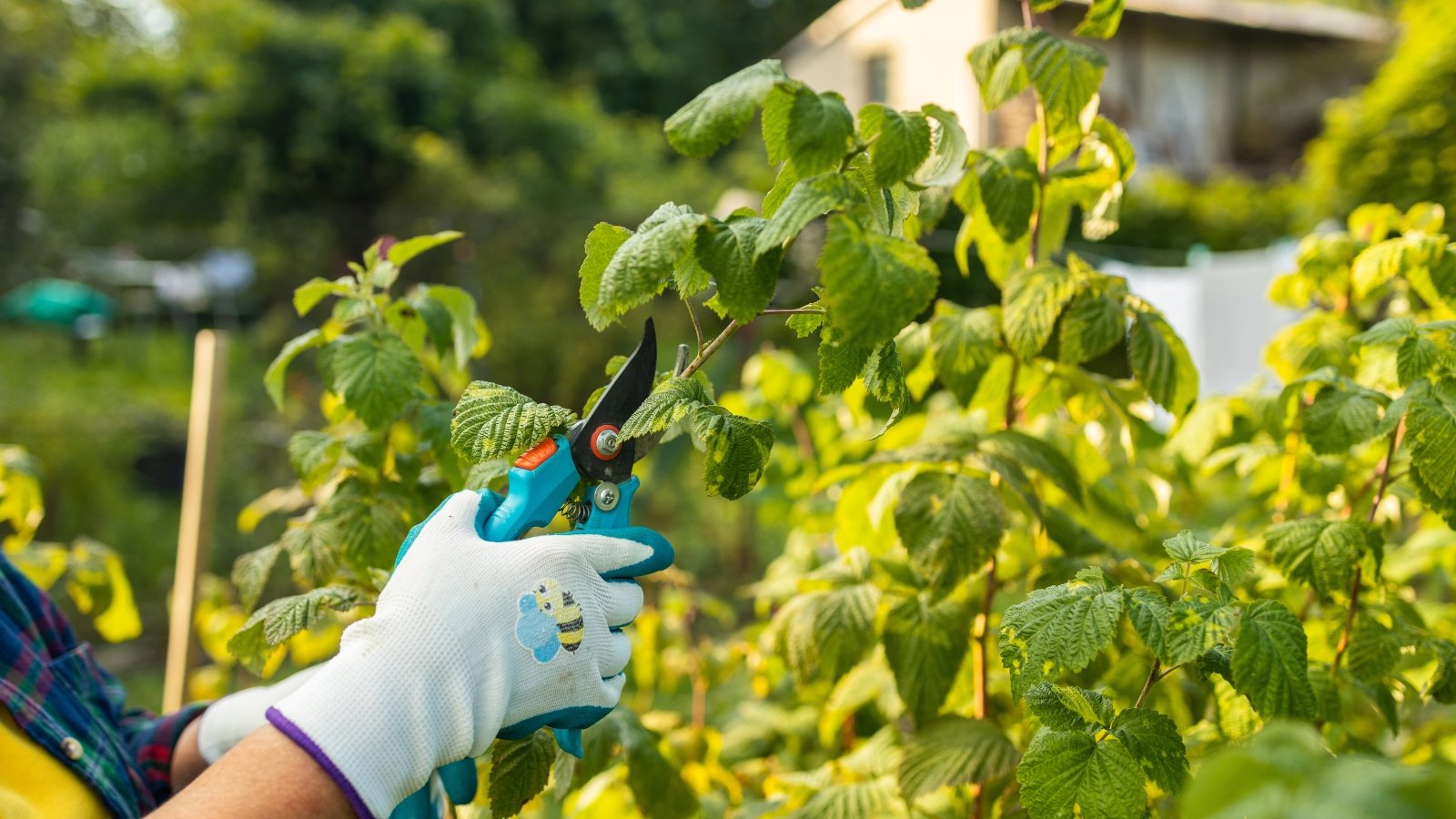
This everbearing cultivar does require some maintenance. After the shrubs fruit in late spring or early summer on the bottom two thirds of the canes, it’s time to prune away both these canes and any other canes that are decaying or exhibit disease. Use sharp, clean loppers to prevent the spread of pathogens.
Next winter, after fall fruiting, is the ideal time to remove any more damaged canes or to remove canes in order to increase air circulation in humid climates. You can cut back the tips of canes where the berries were recently located, leaving the bottom two thirds for the next early spring crop.
You may also want to keep your eye on spreading plants, if you have limited space. Suckers will root where they touch the ground, so remove them as you see fit.
Propagation
Propagating these Rubus bushes is easy. You can either divide the plant or start new plants from cuttings or suckers. Since ‘Fall Gold’ is a unique and coveted cultivar, you may want to propagate additional bushes to maximize your fruit harvest and share as gifts.
Division
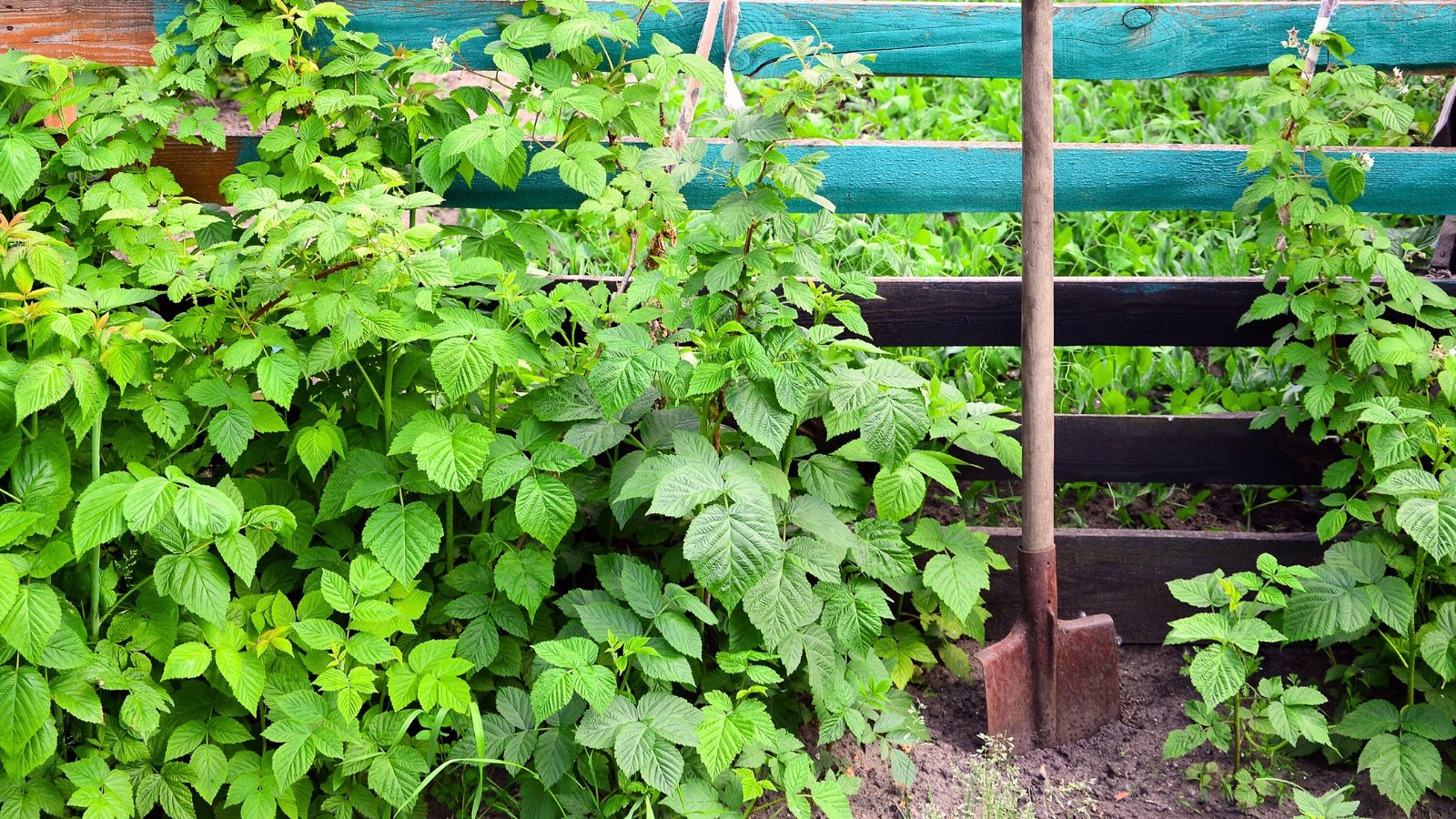
Healthy, mature shrubs are ripe for division. Using a shovel, dig up the plants and inspect the overall rootball. You are likely to discover that the central plant has become multiple plants over time, via suckers.
Using your shovel or a similar sharp tool, sever the host plant into multiple individual plants with their own roots. Plant these new shrubs in a sunny location or prepare large containers.
Cuttings
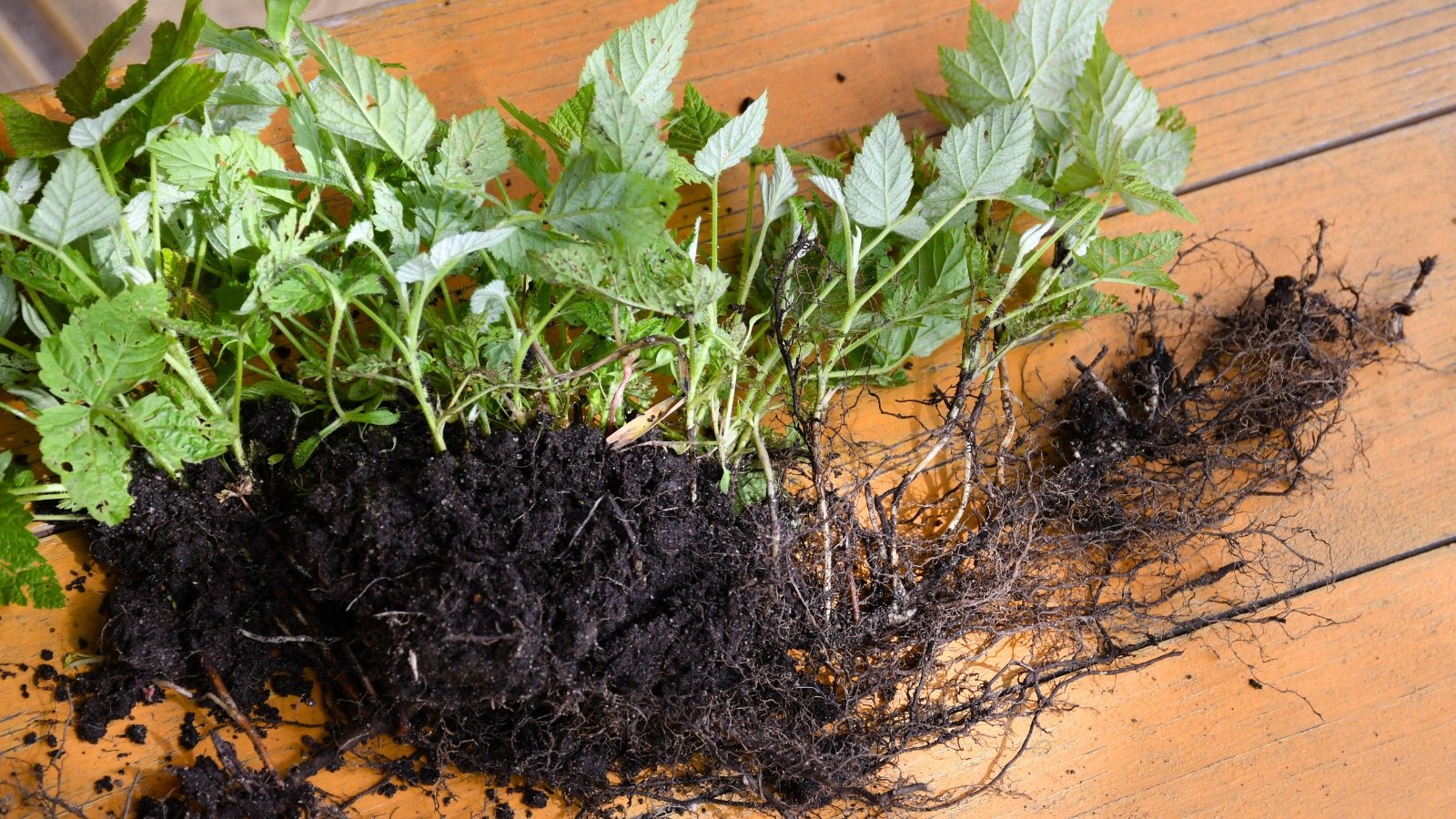
You can also take cuttings from raspberry bushes and start new plants from the canes. Using sharp pruners, remove healthy canes about a foot from the tip. Pinch off any leaves that are growing from the bottoms of the cuttings.
Take these cuttings and submerge them directly into containers of potting mix, so that about one third of the cane is above the soil level. Keep the soil moist but not wet until the cuttings root. Then, care for these shrubs as normal.
Suckers
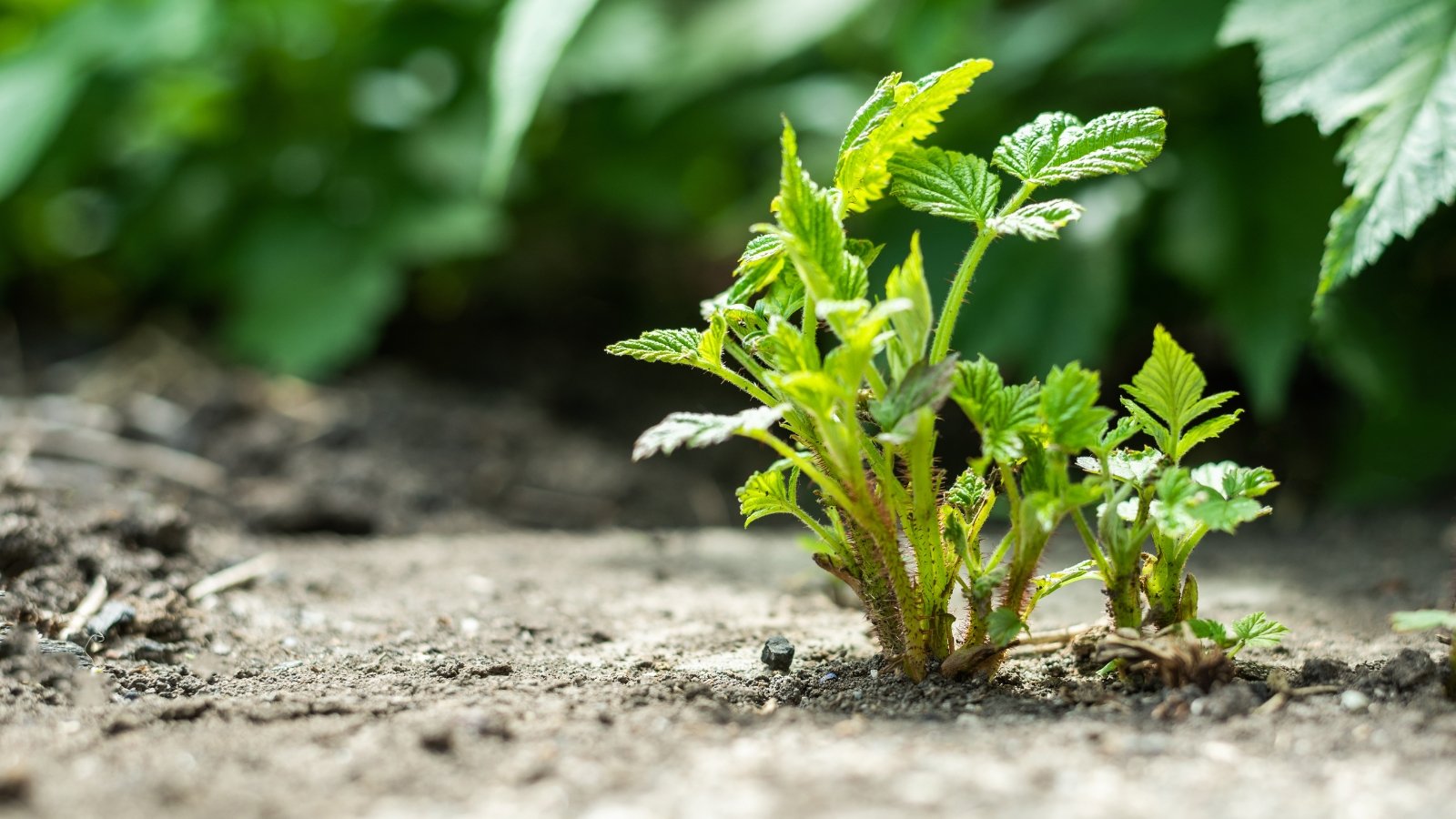
Finally, you can propagate with suckers. You will see these growths emerging from the shrubs during the growing season. When you spot a long, healthy sucker, use a shovel or a spade to dig it up. Sever it from the host plant. The sucker should already have its own roots. You can pot it up or plant it elsewhere directly in the ground.
Harvesting and Storage
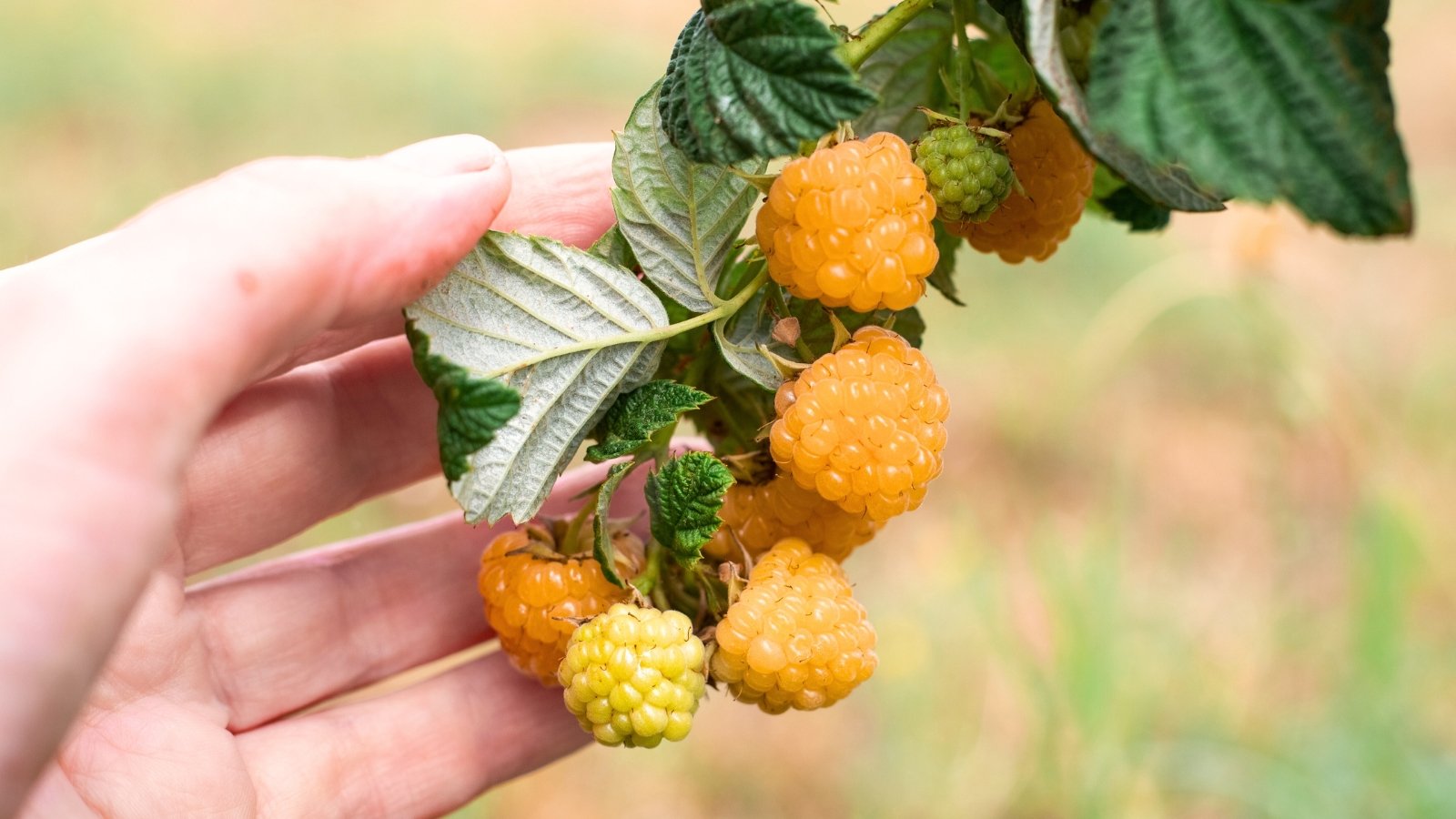
‘Fall Gold’ raspberries are easy to harvest. You will know that the fruits are ready when they ripen to a rich, golden color. They will easily pop off the canes when you attempt to remove them. Once they start ripening, perform a daily harvest, especially if you have a lot of plants. Any ripe fruit that you do not harvest may be quickly eaten by birds.
These “berries” spoil quickly. Eat them right away or as soon as possible. You can store them for a few days in the fridge, preferably spread out in a single layer or in a strainer that promotes air flow. Keep them out of the crisper drawer or any cold corners of the fridge.
You can also keep them in plastic shell containers with air holes, like the ones at the grocery store, but raspberries that are in contact with each other will mold quickly. If you can’t enjoy yours in time, consider freezing them in an air-tight container or bag.
There are many culinary uses for ‘Fall Gold’ raspberries. You can use them to make jam, pie, smoothies, fruit salad, and so much more. They also make a convenient snack.
Common Problems
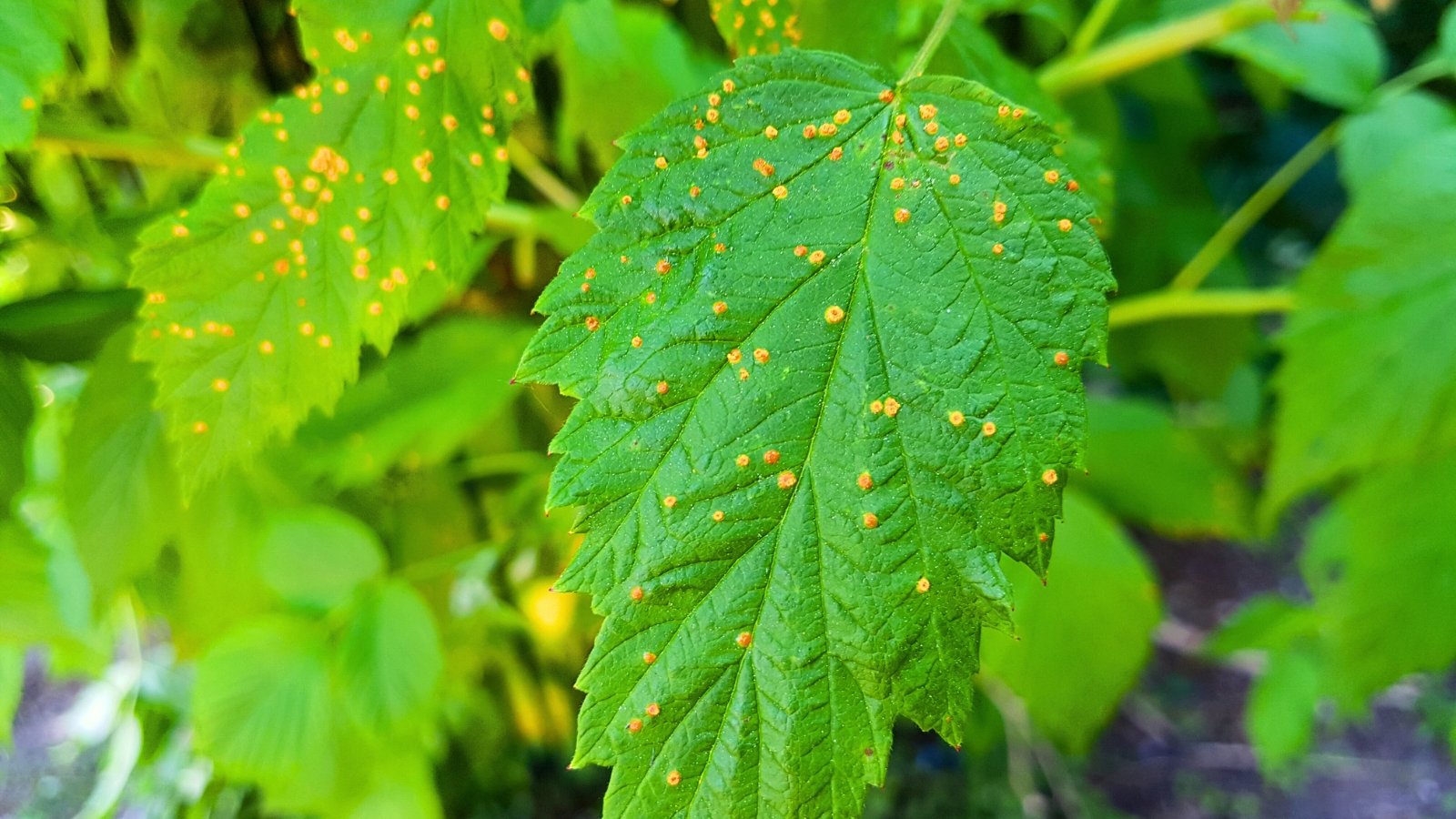
‘Fall Gold’ raspberries are fairly low-maintenance plants that do not suffer from many common challenges, especially when planted in the correct soil within their hardiness zones. While they may spread via suckers, the suckers are easy to remove. The spread is not considered aggressive.
Regarding pests and diseases, there are a couple of raspberry borers that may try to make their way into canes, and various fungal diseases can become problematic. Treatment for most of these issues involves removing infected portions of the plant.
You may also want to look for nearby wild bramble plants, which may harbor these pathogens and spread them to your raspberry bushes.
Pests
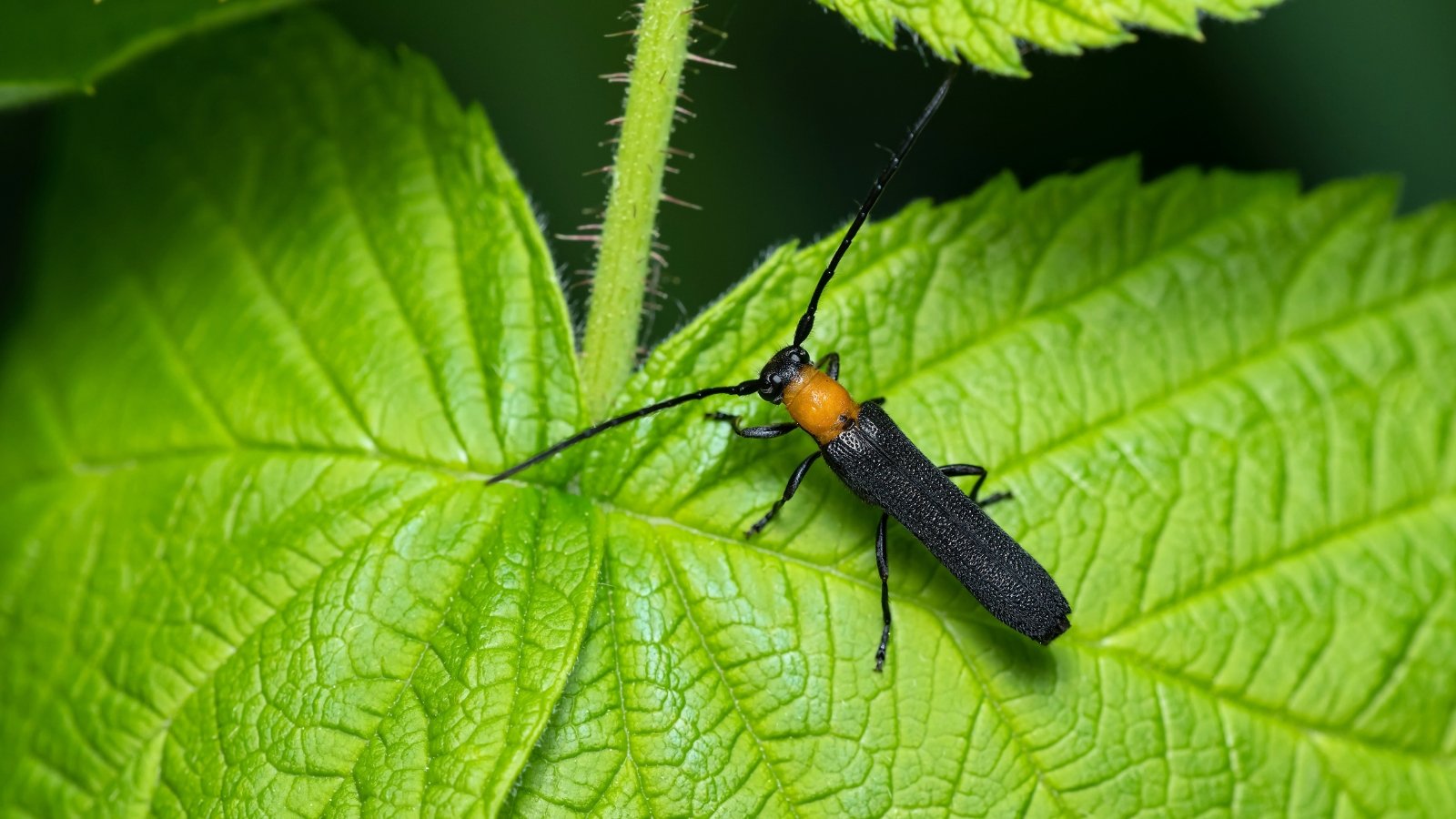
- Cane borers: These insects bore into canes, leaving two sets of identifying puncture wounds. With time, the tips of the canes will wilt, stunting their growth. If you suspect cane borers, remove the infected canes and burn them. There is not much you can do to prevent these insects, besides eliminating infected canes and removing nearby wild brambles that may also attract borers.
- Crown borers: These insects also affect canes, causing the foliage to wilt and the canes to break off at the crown of the plant. You may also see a sawdust-like material around the crown or upper roots. Similar to cane borers, there’s not much you can do to prevent and manage crown borers besides removing infected canes (or entire plants) and keeping the area free of wild brambles.
Diseases
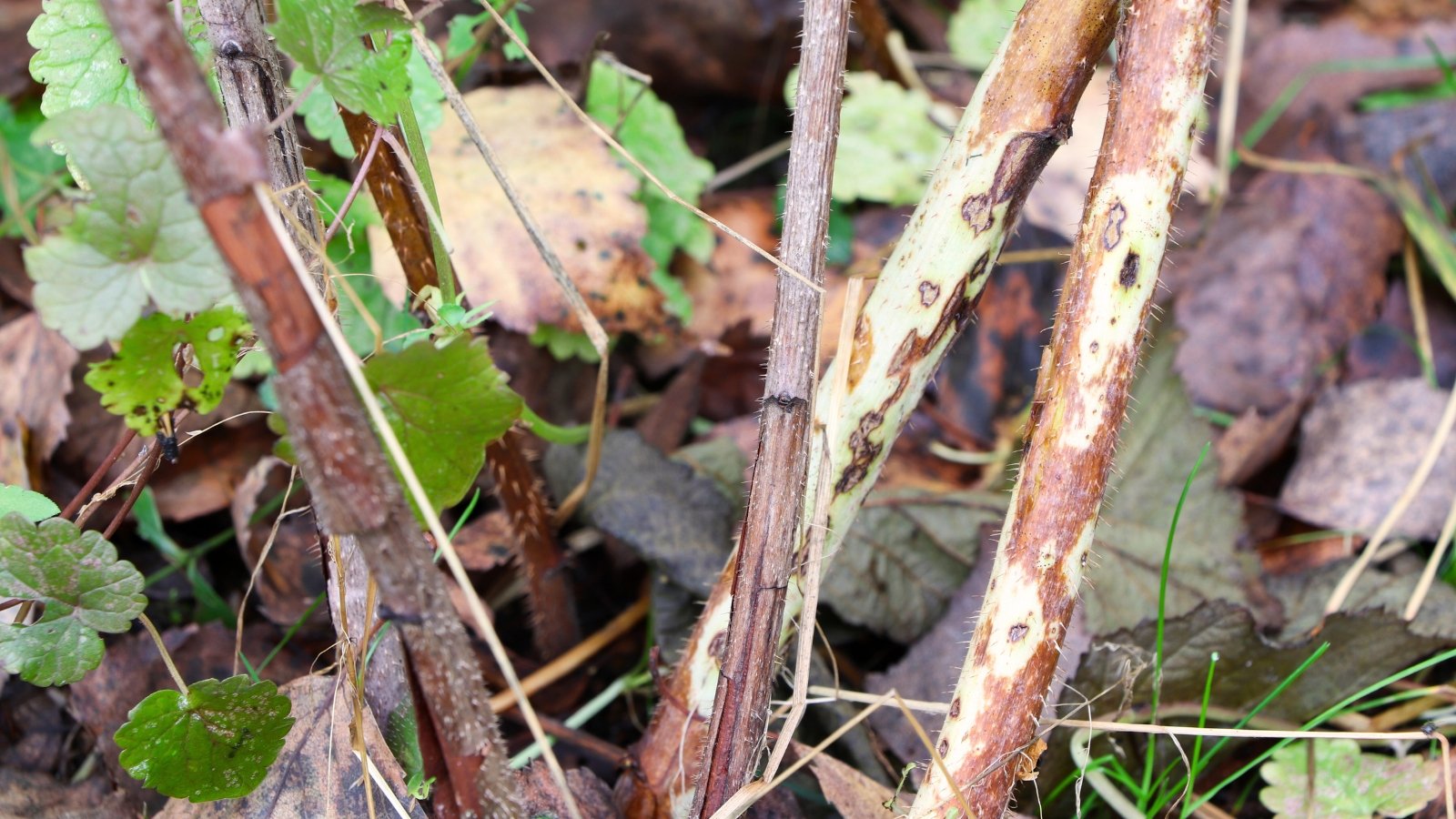
- Anthracnose: This fungal disease will present itself as purple spots on the canes or yellow spots on the leaves. The holes will grow larger with time, seriously damaging the canes or leading to defoliation. Anthracnose can cause reduced harvests. Prune away as much of the disease as you can. To prevent it, water plants at the base instead of overhead, and apply a preventative fungicide.
- Root rot: Symptoms of root rot include yellowing leaves, stunted canes, and mushy, smelly roots. Once root rot has set in, there’s not much you can do to reverse it. Remove the infected plants. To prevent root rot, grow ‘Fall Gold’ shrubs in well-draining soil and do not overwater.
- Botrytis: This disease, also known as gray mold, presents as a gray mold that covers the fruit making them inedible. You may also see the mold on the leaves, flowers, and canes. Remove infected plants to prevent spread. Maintain good air circulation between plants and use drip tape irrigation to help prevent botrytis from settling in. Always remove ripe fruit before it can rot as a final prevention measure.
Frequently Asked Questions
Gardeners often support these sprawling shrubs with trellises, which keeps them neat and tidy, supporting the long canes. In good health, the bushes can reach up to five feet tall. If you just have a few plants, tying their canes to a trellis in an organized manner is a great way to keep track of individual canes.
However, you can also grow patches of these shrubs or line them up to form a privacy fence, in which case, they will basically support each other without a trellis.
The taste is extremely similar. Some believe that ‘Fall Gold’ berries are milder and sweeter with less tartness.
Raspberry bushes that have grown unruly will continue to grow but will not produce more berries. Overtime, these crowded shrubs will be more susceptible to disease. Air circulation is key when it comes to preventing the spread of fungal pathogens.
In good health, raspberry plants usually live for about 10 to 15 years. They are often eventually killed by pests or fungal diseases, so keep an eye out for borers and fungal issues. If you have a mature plant that you think may be near the end of its lifespan, consider propagating the canes or suckers to start new plants.



